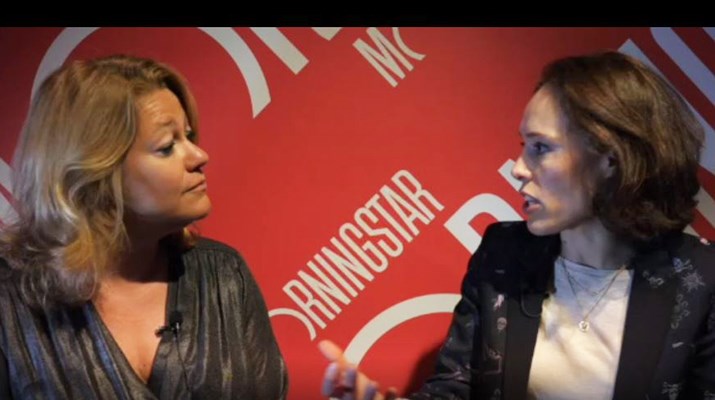iShares has reduced the exposure to fossil-fuel companies in five of its sustainable tracker funds.
BlackRock's exchange-traded funds business has made the changes to five trackers with combined assets under management of more than £3 billion. The affected funds are: the iShares MSCI World SRI ETF, iShares MSCI USA SRI ETF, iShares MSCI Europe SRI ETF, iShares MSCI Japan SRI ETF and iShares MSCI EM SRI ETF.
In effect, the ETFs have switched from MSCI SRI indices to MSCI SRI Select Reduced Fossil Fuel indices.
MSCI SRI indices combine exclusions with a best-in-class approach. First they apply a values-based screen (for example ruling out companies involvved in the defence industry or alcohol). MSCI then selects the companies with the highest ESG ratings in each sector and region of the parent indices.
The MSCI SRI Select Reduced Fossil Fuel indices, however, go one step further. These indices exclude companies involved in thermal coal, oil sands, oil & gas, power generation and thermal coal/oil sands reserves industries.
The upshot of this additional screen means the iShares funds’ holdings in large energy companies such as Total, ConocoPhillips and Repsol were sold. Even though these companies are making an effort to shift their business models towards renewable energy, part of their revenues still rely heavily on fossil fuel-related assets. MSCI allows conventional producers to remain in the index only if they derive more than 40% of their revenues from renewable sources or if they do not utilise the fossil fuel reserves they own.
As a result, iShares divested between 6 and 22 stocks from its World, USA, Europe and EM ETFs, while six companies were added to the Japan ETF.
Unsurprisingly, the energy, materials and utilities sectors were the most impacted. The new MSCI SRI index still covers 25% of their respective market universe, although a 5% cap on single stock was also introduced to improve diversification.
Following the changes, iShares anticipates the tracking error of the new indices relative to their parent indices and their risk profile to remain the same, apart from the Japan index, where the tracking error is likely to decrease.
Climate in the Spotlight
BlackRock’s move to lower carbon indices is further evidence that investors are increasingly concerned by the climate risk embedded in their portfolio and are keen to mitigate it.
The United Nations Intergovernmental Panel on Climate Change (IPCC) released an alarming report in October 2018, projecting that emissions need to be reduced by between 40% and 70% by 2050 to avoid climate catastrophe. Companies will be forced to adapt their business models to the policy, technology, and market changes needed to facilitate the transition to a low-carbon economy.
In the past year or so, several ETFs that explicitly reduce exposure to the highest carbon emitting companies have been launched. Earlier this year, iShares introduced its MSCI ESG Enhanced ETF suite, which combines market-like performance while giving greater weighting to companies with higher environmental, social and governance (ESG) scores.
The underlying indices also reduce the carbon-equivalent exposure to carbon dioxide and other greenhouse gases as well as the exposure to potential emissions risk of fossil fuel reserves by 30% with respect to their respective parent indices. The combined assets under management of iShares’s ESG Enhanced range is around £780 million.
But iShares isn’t alone. Other European ETF providers, including Xtrackers and Ossiam, have also launched ESG ETFs that aim to reduce carbon risk relative to broad market-cap benchmarks. The Xtrackers MSCI ESG Leaders Equity ETF range combines the methodologies of MSCI’s Global Low Carbon Leaders with the MSCI ESG Leaders index.
The former also relies on MSCI Carbon Metrics data and aims to half the aggregate exposure to carbon relative without adding sizeable bets relative to the to the parent benchmark.
For the Ossiam ESG Low Carbon Shiller Barclays CAOE US Sector ETF and Ossiam US ESG Low Carbon Equity Factors ETF, Ossiam measures the carbon exposure on a constituent level by looking into carbon emissions, potential emissions from oil reserves and the ratio between the energy produced from renewable and non-renewable sources. This is incorporated into the portfolios through optimizing, similarly to the iShares’s ESG Enhanced range.











.jpg)
















